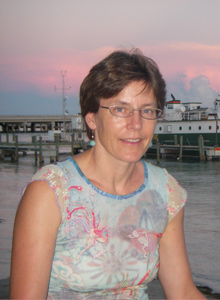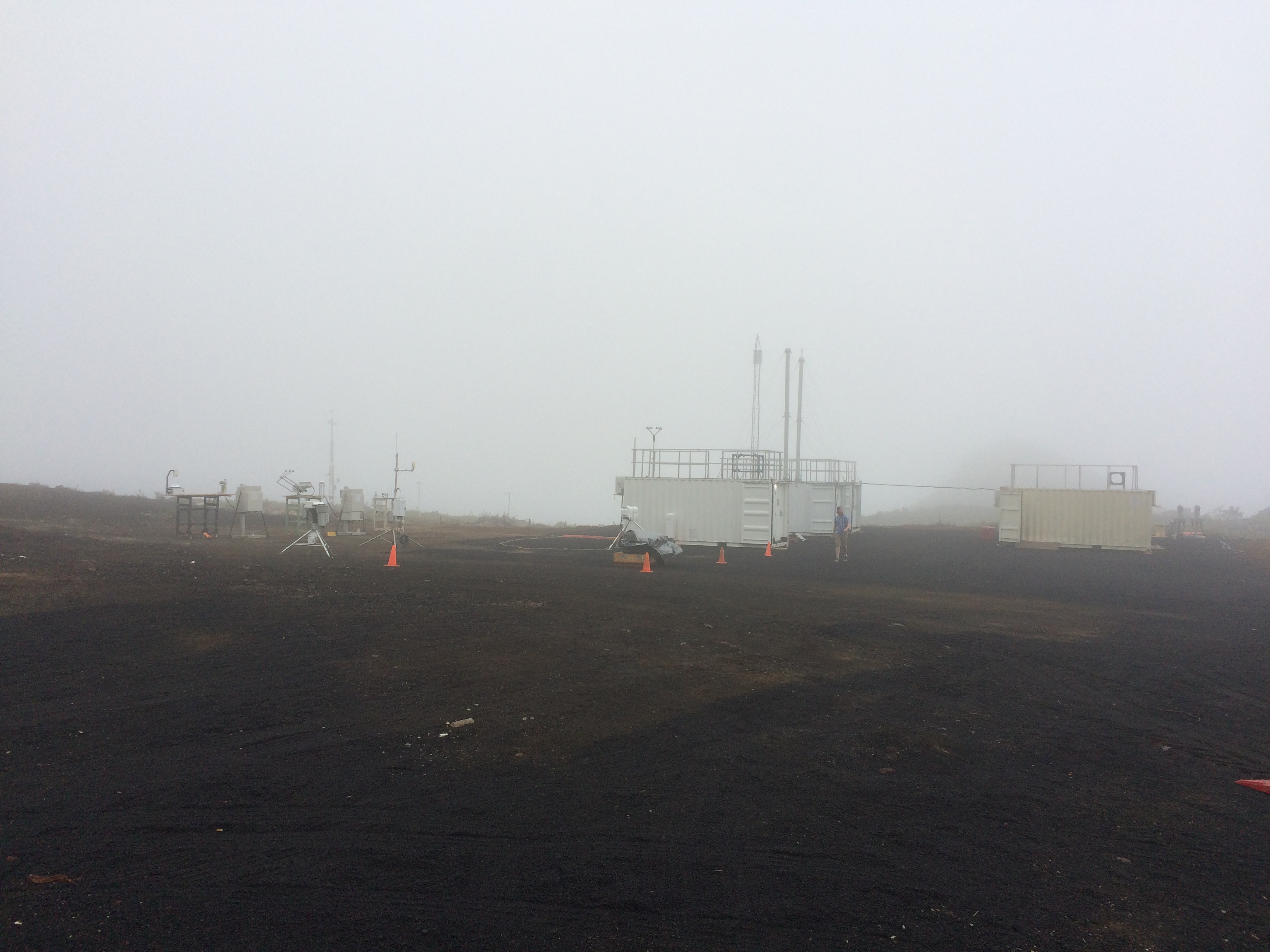LASIC principal investigator was quoted in a Science news story about African smoke and ocean clouds.

The ORACLES experiment is collecting 17 months of airborne observations, flying out from Namibia to follow smoke as it drifts over the Atlantic Ocean. The Science story included quotes from ORACLES deputy principal investigator Rob Wood, University of Washington, who is also heavily involved in the ARM Facility. Wood is funded by the Atmospheric System Research program as the leader of ARM’s Eastern North Atlantic site science team, serves on the ARM Science and Infrastructure Steering Committee and the ARM User Executive Committee, and has been a principal investigator or co-investigator for multiple ARM field campaigns.
Ascension Island is hosting the first ARM Mobile Facility (AMF1) to find out what happens to smoke as it travels across the ocean.
While ORACLES is measuring smoke and clouds in the sky, ARM’s LASIC campaign is observing the same phenomena from the ground. Located on Ascension Island, more than a thousand miles west of Africa, the campaign is using the AMF1 to measure smoke after it’s been blown across the ocean.

Atmospheric scientists need to know how smoke and clouds interact in order to tell how they affect global climate. Smoke is lighter-colored than the ocean surface, but darker than clouds, meaning that it absorbs more sunlight than clouds, but reflects more sunlight than the ocean. Therefore, smoke and clouds occurring together means more heating of the atmosphere than if there were no clouds, but smoke over the ocean on an otherwise clear day means less heating of the ocean surface than if there were no smoke.
As an aerosol, smoke also impacts how clouds form. Figuring out the net impact of these different interactions, and how to accurately represent them in atmospheric models, requires detailed measurements both below and above the smoke layers. Southern Africa is the world’s largest producer of smoke from burning vegetation, and removing atmospheric uncertainties from this region will improve climate predictions.
Working alongside one another, LASIC and ORACLES are returning valuable results from the ground and in the air. LASIC offers a steady stream of measurements from a fixed point, while ORACLES provides snapshots directly inside the clouds. Being featured in a Science story is a recognition of the important science being done by both teams.
# # #
The ARM Climate Research Facility is a national scientific user facility funded through the U.S. Department of Energy’s Office of Science. The ARM Facility is operated by nine Department of Energy national laboratories.

